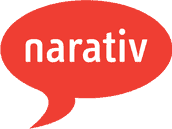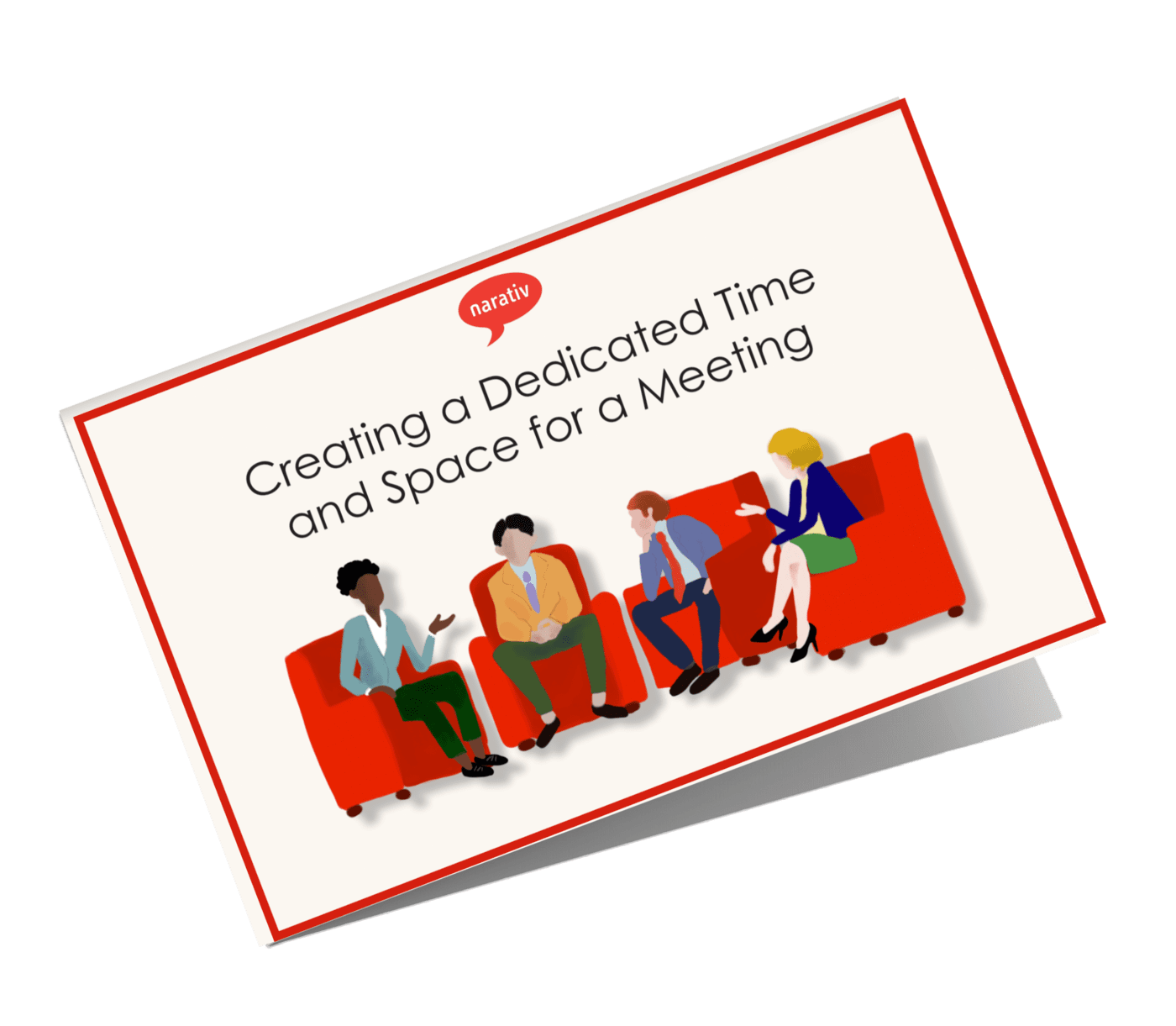Stories live everywhere in an organization: in its inception and through its growth, from founders and CEOs to new hires, at the watercooler and into the work group chat. Stories communicate mission, vision, and culture within an organization, building relationships and sharing experiences.

This is because storytelling is the most effective way to relay information. As humans we are specifically hardwired to understand stories, and we remember stories more than anything else. Stories engage us—our brains are uniquely capable of making connections when we listen to a story.
So, why tell a story now? Why focus on storytelling in talent acquisition and retention? Potential talents and brand-new hires have little to no experience with the organization, which makes them the best person, the most open person, to hear your stories. And this knowledge is critical in helping them quickly understand their role within the organization.
To make the most of your storytelling opportunities in the talent acquisition and retention realm, there are 3 types of stories to focus on: the origin story, the organizational story, and the connect story.
How It All Began: The Origin Story

Narativ’s Origin Story
An origin story important to Narativ is that of Murray Nossel, Co-Founder and Director of Narativ, who shares Narativ’s origin story here. He worked as a clinical psychologist and social worker in a program to help people with AIDS but was unsure how to truly help his clients. Murray decided to create a storytelling group, a space where the patients could share their stories and be remembered.
Eventually, Murray took the storytelling a step further by creating a legacy videotape for every patient, in which they told their own story. And when the state of New York threatened cutbacks for programs helping people with AIDS, his patients gave legislators their videotapes.
“Those laws were never passed,” Murray recounts. “It’s those clients and all the other people at that time who told their personal stories of AIDS that changed the course of the epidemic.”
Murray recognized the power of storytelling and would go on to found Narativ in order to help individuals and businesses harness the power of storytelling in their lives and organizations.
Why is the origin story important for talent acquisition and retention?
Part of the appeal of the origin story is that it’s different for everyone. Your talent has never heard this story before. And, as you recount your origin story, potential talents and new hires will better connect with you and understand the significance that the organization has for you.
A Shared Purpose: The Organizational Story

Elements of the Organizational Story
Human context is vital in telling your organization’s story. The Harvard Business Review describes this principle: “The context of the narrative must be a human, not an institutional, relationship. People want to get a sense for your company as if it were a person.” This means that the narrative needs to describe your organization as a whole—going beyond the individual (as in the origin story or, later, the connect story) to encompass all of the people who make up your company and embody its mission and purpose.
The mission and vision of the organization are the elements that describe the goals of the company, or what the organization has to offer the world. This is where the organization’s values really come to life via employer or talent stories.
A shared purpose is the cornerstone of a well-told organizational story. This element of the narrative elaborates on how this purpose will be fulfilled. It distributes and describes the roles of each person, each talent, and the way they will support each other and the organization in their mission.
Why is the organizational story important for talent acquisition and retention?
Without understanding the values, vision, and mission of the organization, talents have no reason to join or stay. Potential talents and new hires can feel drawn to and connected with an organization when they internalize these specific principles and goals. And the most effective way to teach that is through storytelling, giving talents a shared purpose and an understanding of their role.
How I Fit In: The Connect Story

Lessons of the Connect Story
The connect story is easily created by branching off of the organizational story. Culture and values are some of the most important elements of the connect story, forming a sense of belonging among talents. This isn’t as hard to do as you may think.
For example, if you ask a talent to recount an experience they have had relating to one of the company values, odds are, you won’t get anything back (“All I do is answer phones”). However, if one of your organization’s values is “We always listen to our clients,” asking a talent about a specific time when they listened to a client (“When I was on the phone with…”), they’ll make the connection between their role and the organization’s culture and values.
With a connect story, you teach about the organization’s culture and values, and you’re simultaneously offering new and existing talents alike role clarity, talent engagement, and a sense of belonging.
Why is the connect story important for talent acquisition and retention?
Though applicable to both, the connect story is perhaps more important to talent retention than acquisition. The sooner a new hire creates their own connect story, the more committed and fulfilled they will feel in their role, understanding that they belong and that their participation matters.
Taking Control of the Narrative
All three of these stories bring the culture and values of an organization to life while building relationships of trust. Taking the time to create and share these stories is vital; if you don’t teach the values through storytelling, someone else will tell stories about your cultures and values. And those are probably not the stories you want told.



